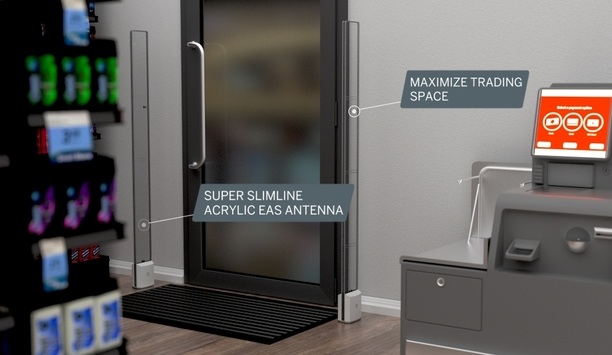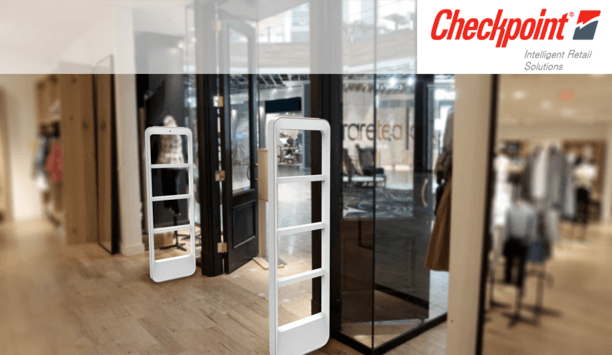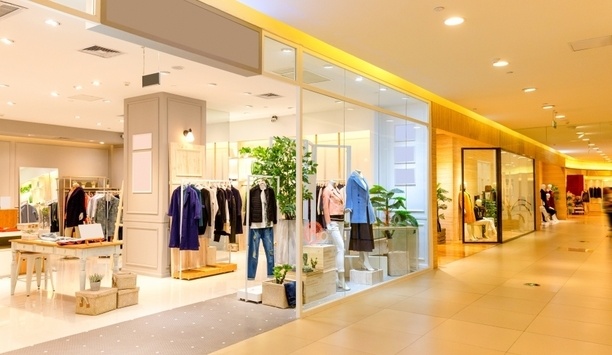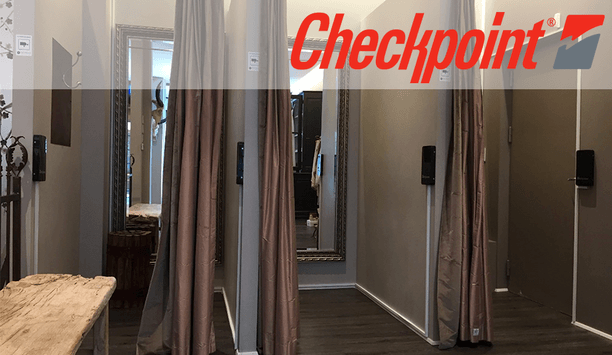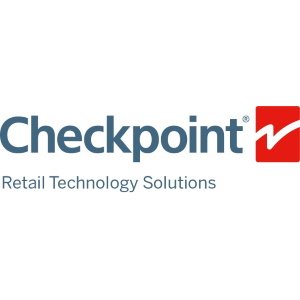Simon Edgar

Simon Edgar
Senior Director, Product Management, Checkpoint Systems Inc.Simon Edgar is the Senior Director of Product Management at Checkpoint Systems Inc.
News mentions
Checkpoint Systems’ Alpha High-Theft Solutions division is enabling retailers to enhance their open-shelf security with its new anti-sweeping product, ShrinkShelf™. A revolutionary...
Checkpoint Systems, a pioneer in source to shopper solutions, has announced the launch of the G40, a small footprint acrylic antenna specifically designed to tackle theft in convenience stores. With s...
Checkpoint Systems has unveiled the world’s most compact full performance, customizable, RF EAS antenna – the S20. S20 RF EAS antenna Retailers are dramatically ramping up investment in...
Checkpoint pioneered RF technology’s use in the retail industry and is now ushering in a new era through the introduction of a brand new electronics platform that is resetting the boundaries of...
As physical stores look to push the boundaries of retail design, demand for non-intrusive security systems at the store entrance/exit is growing. Checkpoint Systems, a supplier of source to shopper so...
Checkpoint Systems, a supplier of source to shopper solutions for the global retail industry, has announced a radical shake-up of its range of electronic article surveillance (EAS) antennas, with the...
It has been proven that fitting rooms present retailers with a great opportunity to sell more merchandise, but can also act as a “safe haven’ for dishonest shoppers to conceal garments and...

